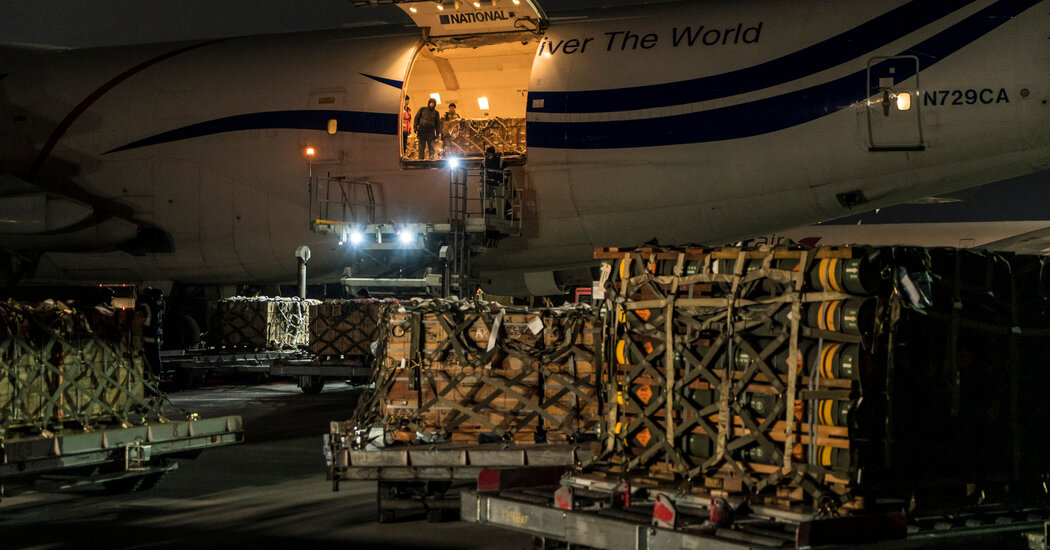
To underscore the potential consequences for Russia, the chairman of the Joint Chiefs of Staff, Gen. Mark A. Milley, delivered a stark message to his Russian counterpart when they spoke in late December: Yes, General Milley said, the Ukrainian military stands little chance of repelling the larger, better armed Russian force.
But a swift victory would be followed, General Milley told Gen. Valery Gerasimov, by a bloody insurgency, similar to the one that led the Soviet Union to leave Afghanistan in 1989, according to officials familiar with the discussion.
General Milley did not detail to General Gerasimov the planning underway in Washington to support an insurgency, a so-called “porcupine strategy” to make invading Ukraine hard for the Russians to swallow. That includes the advance positioning of arms for Ukrainian insurgents, including Stinger antiaircraft missiles, that could be used against Russian forces.
The United States began using social media to highlight the transfers of weapons to the government in Kyiv shortly after it first became clear that Mr. Putin was amassing a potential invasion force along his country’s border with Ukraine. The messaging from the United States has not been subtle, with the government releasing photographs of planeloads of weapons and equipment.
Additional aid could be on the way. On Capitol Hill, senators in both parties have coalesced behind legislation that would authorize Mr. Biden to use the Lend-Lease Act of 1941, last used in World War II, to lend military equipment to Ukraine.
The bill, led by Senators John Cornyn, Republican of Texas, and Jeanne Shaheen, Democrat of New Hampshire, is part of a package of bipartisan sanctions targeting Moscow that lawmakers are negotiating, though a spokesman for Mr. Cornyn said that senators were also exploring other avenues for passing the bill given its broad support in the Senate.




